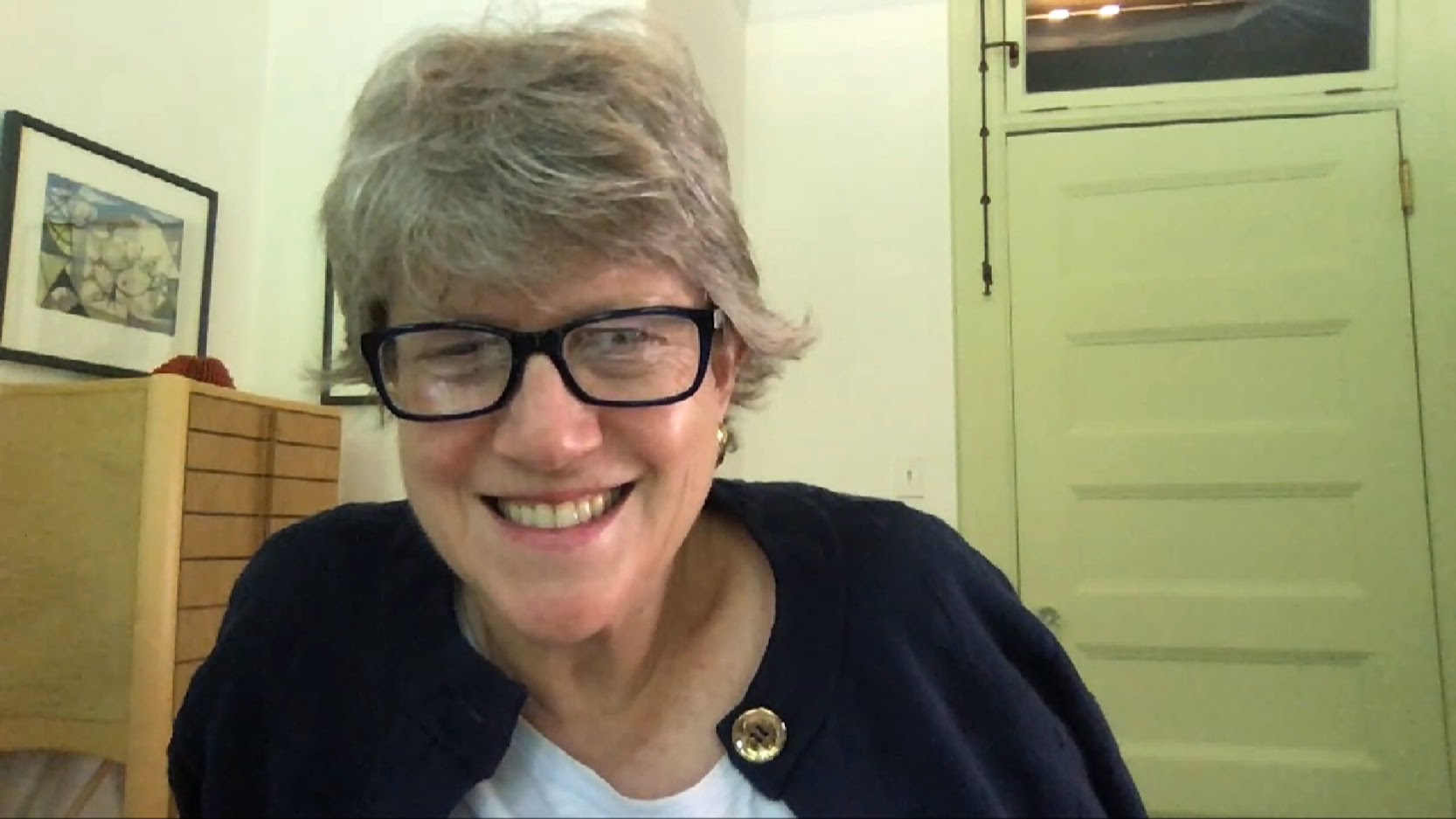 WOMEN IN TECH
WOMEN IN TECH
 WOMEN IN TECH
WOMEN IN TECH
 WOMEN IN TECH
WOMEN IN TECH
COVID-19 is forcing corporations to tackle digital transformation in record time. But while business operations may be modernizing, the board of directors calling the shots is often a diversity throwback to the 1990s. Sixty-six percent of Fortune 500 board members are still white and male.
“You can speak to anybody on a board and they know who it is that shouldn’t be there anymore,” said Beth Stewart (pictured), founder and chief executive officer of Trewstar Corporate Board Services. “It doesn’t require a whole process and bringing in outsiders and doing exhaustive studies. It’s just whether there’s somebody who’s willing to have those difficult conversations. The dirty little secret in corporate boards [is] this unwillingness of people to either ask somebody to move on or to move on themselves.”
Stewart spoke with Jeff Frick, host of theCUBE, SiliconANGLE Media’s livestreaming studio, for a digital CUBE Conversation on creating diversity in the boardroom.
For almost a past decade, Trewstar has been helping corporations fill open board positions with new, diverse members. “We spend all day, every day thinking about and sourcing and meeting with and getting referrals from people about diversity candidates,” Stewart stated.
Dynamic boards happen only when members offer a wide range of expertise and points of view, according to Stewart. “It’s incumbent on [boards] to get new perspectives and new information and skills, and have [membership] be a better blend,” she said.
One problem limiting turnover is that board members have no incentive to leave. “Being on a board is a great thing. You get paid a lot. You’re at the top of the hierarchy. It’s the pinnacle of somebody’s career,” Stewart said.
She understands the reluctance to move on, but being a board member is a job, not a privilege. Being on a board is not about personal prowess, but the business’s success: “We’re supposed to be doing what’s right for the company and the shareholders,” Stewart stated.
Grassroots change comes from the bottom up, but creating a diverse board as well as a diverse workforce “really has to come from the top,” according to Stewart. She cited one example of powerful leadership making a difference as those at State Street Global Advisors — which placed the Fearless Girl statue on Wall Street. Another example is Goldman Sachs. In January 2020, Goldman Sachs’ Chief Executive Officer David Solomon issued a statement that said: “Effective July 1, Goldman Sachs will only underwrite initial public offerings in the U.S. and Europe of private companies that have at least one diverse board member. And starting in 2021, we will raise this target to two diverse candidates for each of our IPO clients.”
While women have been slowly gaining ground in the boardroom, the majority of them have still been white. The 2018 “Missing Pieces Report” by Deloitte showed that out of the 26% women holding seats on the board of Fortune 500 companies, 19.1% were Caucasian/white and only 5.8% other ethnicities.
A groundswell call for that to change has begun, in part, thanks to the Black Lives Matter movement, according to Stewart. “Of the new calls that we’ve been getting, I’d say 60 or 70% of them don’t want anything other than a racially diverse man or woman,” she said.
One search for board members that Trewstar recently undertook for a large media company turned up 21 African American women who met the company’s criteria.
But is the current call for black board members just companies jumping on the #BLM bandwagon? One test of the sincerity of a board to truly want change versus wanting to hire token diversity members is to look at the diversity of the workforce as a whole, according to Stewart. She quoted a colleague who is a senior African-American male board member: “If all you’ve got is a black woman in diversity and inclusion, I don’t think you’re sincere,” he told her. “I don’t want to go on a board and check the box. I want to go on a board because I’m part of a company trying to make strides in these areas and where I can add value.”
While diversity is Trewstar’s goal, it doesn’t come at the expense of candidate caliber. The company’s policy is to present a slate of highly qualified choices, all of whom just happen to be from an underrepresented group.
“It’s not just being a woman per se, or racially diverse person per se,” Stewart said. “What we recommend is [to] interview the women first. And if we don’t find a candidate who matches what you need, both the specific skills and the personality, we’ll open the search to men.”
White male boards are traditionally resistant to change, yet when Stewart presents them with a slate of talented, experienced women and minorities, she finds that their opinion shifts. “If you come up with a high quality slate of candidates, what we find over and over again is the inability to choose between one candidate and another,” she said.
This often leads to boards hiring not one, but two diverse members, according to Stewart.
“We’ve never had a failed search,” she said.
Watch the complete video interview below, and be sure to check out more of SiliconANGLE’s and theCUBE’s CUBE Conversations.
Support our mission to keep content open and free by engaging with theCUBE community. Join theCUBE’s Alumni Trust Network, where technology leaders connect, share intelligence and create opportunities.
Founded by tech visionaries John Furrier and Dave Vellante, SiliconANGLE Media has built a dynamic ecosystem of industry-leading digital media brands that reach 15+ million elite tech professionals. Our new proprietary theCUBE AI Video Cloud is breaking ground in audience interaction, leveraging theCUBEai.com neural network to help technology companies make data-driven decisions and stay at the forefront of industry conversations.